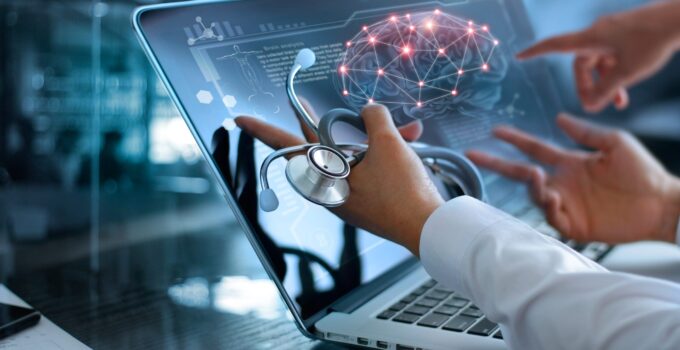In the realm of healthcare, the synergy between technology and first aid has ushered in a new era of lifesaving knowledge. Gone are the days of rudimentary techniques; today, advanced technology has become an indispensable ally in the mission to save lives. We will explore the profound impact of technology on first aid, shedding light on its transformative role and future potential.
Traditional First Aid vs. Tech-Enhanced First Aid
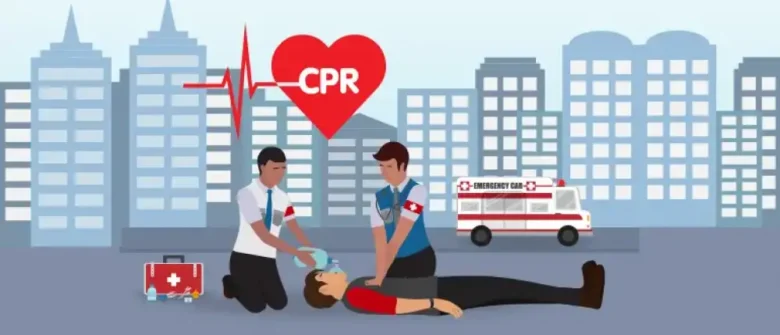
Source: careinsurance.com
Traditional first aid practices have long been the cornerstone of initial response to injuries and medical emergencies. They encompass fundamental skills such as CPR (Cardiopulmonary Resuscitation), basic wound care, and immobilization techniques for fractures. These techniques have been instrumental in providing immediate care when professional medical help is not immediately available. They form a vital bridge, offering crucial aid during the critical moments following an accident or medical incident.
However, traditional first aid methods are not without their limitations. The scope of these techniques is often narrow, addressing immediate life-threatening issues but sometimes falling short in addressing more complex medical conditions. Traditional first aid training typically equips individuals with rudimentary skills, leaving them reliant on the arrival of professional medical assistance for comprehensive care.
In contrast, the emergence of tech-enhanced first aid represents a paradigm shift in how we approach medical emergencies. This modern approach augments the traditional skillset with innovative technologies, enabling individuals to take a more proactive and holistic approach to healthcare.
Tech-enhanced first aid harnesses the power of wearable devices, mobile applications, telemedicine, artificial intelligence, drones, and simulation technologies to equip individuals with advanced capabilities. It extends beyond the immediate response phase, allowing for ongoing monitoring, real-time communication with healthcare professionals, and enhanced decision-making while you could better understand all that with the help of https://cprcertificationnow.com/products/cpr-first-aid-bloodborne-pathogens-certification
Wearable Health Tech
Wearable devices are becoming popular even among professional athletes. Let’s explore some.
Monitoring Vital Signs
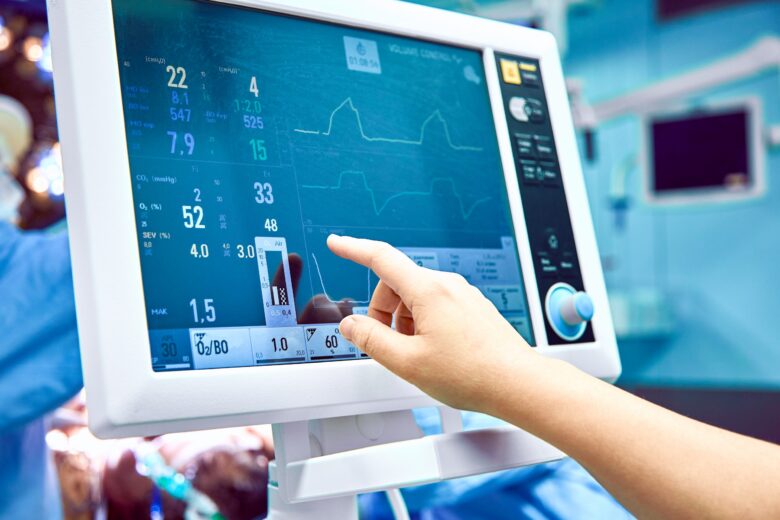
Wearable devices, such as smartwatches and fitness trackers, have transcended their initial fitness-centric roles. They now diligently monitor vital signs—heart rate, oxygen levels, and even blood pressure—providing users with continuous health insights. These insights serve as early warnings for potential emergencies, enabling proactive measures to be taken.
Saving Lives in Real-Time
Real-life stories abound, illustrating how wearable health tech has intervened in critical situations. In cases where individuals were unaware of their underlying health issues, these devices provided timely alerts, prompting them to seek immediate medical attention. In such scenarios, technology becomes a silent yet vigilant lifeguard, potentially preventing disasters before they strike.
Mobile Apps for First Aid
The digital age has birthed a plethora of mobile apps designed to assist individuals in emergencies. These apps offer step-by-step guides, interactive tutorials, and direct access to emergency services.
Guiding Hands
First aid apps act as virtual mentors, guiding users through various medical scenarios. They provide clear instructions, ensuring correct actions are taken, even in high-stress situations. It’s like having an experienced paramedic in your pocket, ready to impart lifesaving wisdom.
Immediate Access to Help
The ability to swiftly contact emergency services is a hallmark of these apps. With a few taps, users can summon professional assistance, potentially bridging the gap between the onset of an emergency and the arrival of first responders.
Telemedicine and Remote Assistance
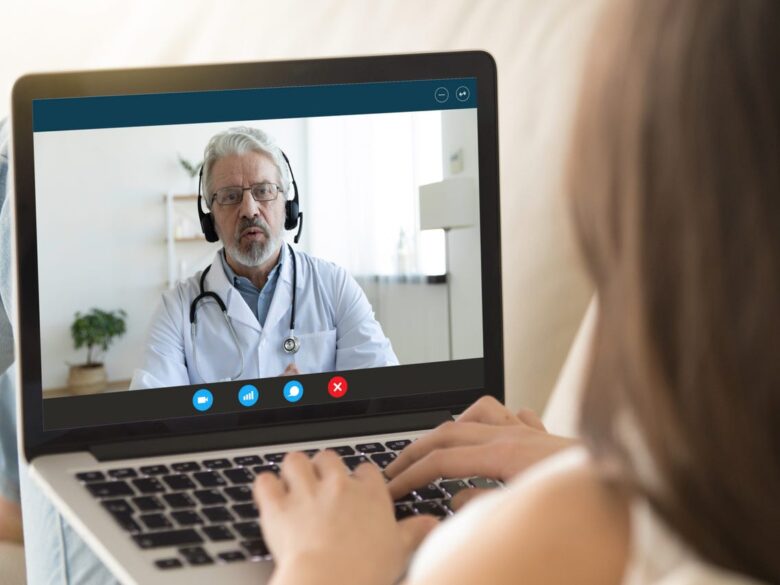
The advent of telemedicine has rendered geographical boundaries almost irrelevant when it comes to first aid and medical advice.
Medical Expertise at a Distance
Through telemedicine, individuals can access remote medical consultations. This proves especially beneficial in areas where medical resources are scarce. With a simple video call, expert guidance is just a click away, ensuring timely and accurate first aid measures are administered.
Timely Interventions
Telemedicine platforms also facilitate remote monitoring of patients. For instance, wearable devices can transmit vital data to healthcare providers in real-time. If anomalies are detected, immediate intervention can be initiated, saving precious minutes that could make all the difference.
Artificial Intelligence in First Aid
Artificial Intelligence (AI) is not confined to Hollywood’s portrayal of robots performing surgery. In the realm of first aid, AI-driven chatbots and virtual assistants are proving to be invaluable assets.
Instant Guidance
AI-powered chatbots can offer instant first aid guidance. They can assess symptoms, ask relevant questions, and recommend appropriate actions. In emergency situations, these bots provide clarity when it’s needed most.
Analyzing Symptoms
Furthermore, AI has the potential to analyze symptoms and provide preliminary diagnoses. While it doesn’t replace a medical professional, it aids in quicker decision-making during emergencies.
Drones and Emergency Response
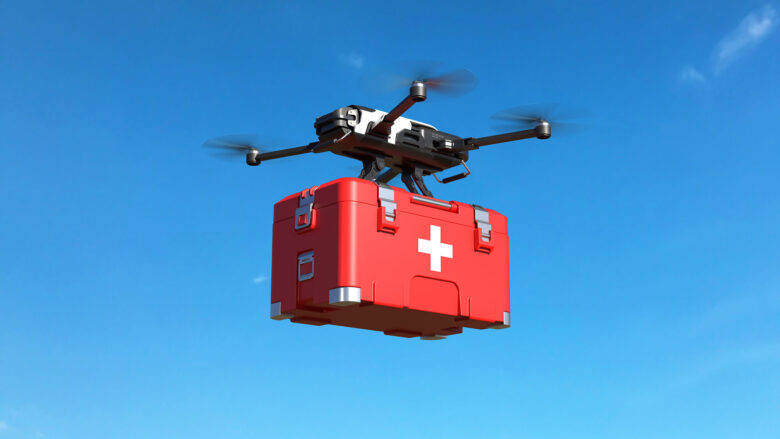
Drones, initially associated with recreational flying, have soared to new heights in emergency response.
Airborne Lifesavers
Drones are now equipped to deliver medical supplies and even defibrillators to remote or inaccessible areas. They can also be employed in search and rescue missions, providing a bird’s-eye view and expediting the location of those in need.
Swift Response
The swiftness of drone deployment in emergency situations is unparalleled. In scenarios where time is of the essence, drones offer a lifeline to those in distress.
Training and Simulation
To ensure effective first aid, training is paramount. Technology has transformed the training landscape, making it more immersive and realistic.
Virtual Reality (VR)
VR technology allows individuals to immerse themselves in lifelike scenarios. This hands-on training fosters muscle memory and equips individuals with the confidence to act swiftly and decisively in real-life emergencies.
Augmented Reality (AR)
AR overlays digital information onto the real world. In first aid training, AR can provide real-time guidance and feedback, enhancing the learning experience.
Challenges and Ethical Considerations
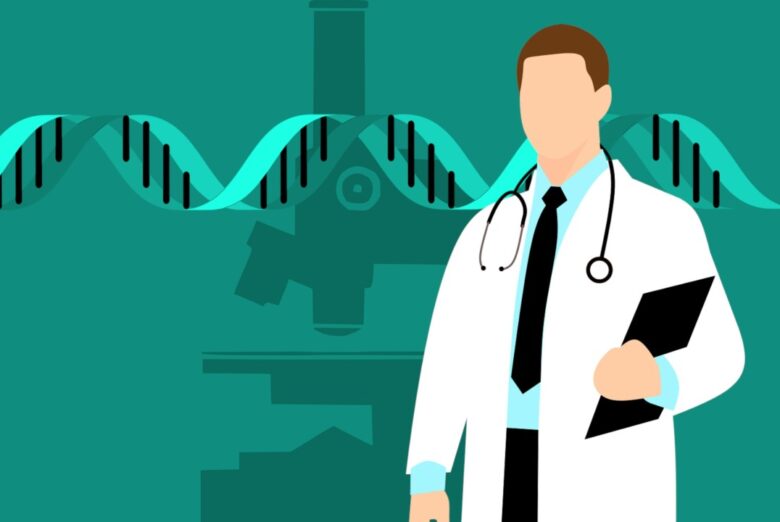
While the benefits of technology in first aid are undeniable, there are challenges and ethical considerations that demand attention.
Data Privacy
The collection and sharing of personal health data through wearable devices and apps raise concerns about data privacy. Striking a balance between data utilization and user privacy is imperative.
Digital Divide
Access to advanced technology isn’t universal. Bridging the digital divide ensures that underserved populations also benefit from tech-enhanced first aid.
Conclusion
Technology has breathed new life into first aid, enhancing our capacity to save lives. As technology continues to evolve, the possibilities are limitless. The future holds promises of even more advanced solutions that will further elevate the standard of first aid and redefine what it means to be a first responder.

